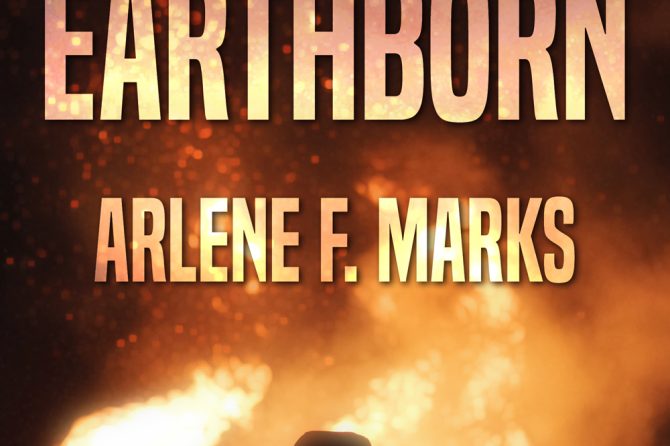Cosmos‘ recent popularity has reinvigorated the American interest in science on film. Americans have always had some interest in science, not only as intellectual pursuit but as popular entertainment. To that end, today’s post digs into Hollywood archives to take a glimpse into the short 1937 film, “The Romance of Radium.”
[youtube https://www.youtube.com/watch?v=O6jnrlTnQFs&w=420&h=315]
Made in 1937, this 10-minute short was part of a series of popular documentaries made by filmmaker Pete Smith. Smith sought out unusual topics that would interest his audiences and made them originally as filler pieces. In the 1930s, it was common for a movie ticket to get a full afternoon’s worth of entertainment. A feature often included 1 or 2 films, opened by newsreels, cartoons, and short movies such as these. Most of Pete Smith’s “Specialties,” as they were called were comedy pieces but once in a while, he tackled a meatier subject. In the long run, Smith had the laugh of those who thought of his shorts as filler–they swiftly became so popular that moviegoers would come to the theater just for the shorts and cinemas quickly began using the mini-documentaries to prop up failing films. Romance was nominated for an Academy Award for Best Short Subject, One-Reel.

Marie and Pierre Curie are highlighted in this documentary though the stories told are brief and to the point. The “Romance” of the film’s title refers not to the Curies and their relationship but to the wonder felt at science itself. Interestingly enough, however, radium is said to have played a role in the Curies’ romantic dinners. They are reported to have dined by radium’s glow much as others have romanced by candlelight. Not so surprising when one considers how the Curies treated the substance–Marie and Pierre alike frequently handled it without care, even leaving it inside pockets only to find lesions later.
The story of radium is discussed but also so is how the element was obtained. In the 1930s, the entire world’s supply of radium was 1~3/4 pounds. Small amount, perhaps, but not surprising given the danger of the element and the relative newness of understanding about its harm.
There was a dark side and one that even the reading public of the 1930s was aware of. Radium had featured prominently in a lawsuit with a most tragic outcome not long before. Science writers, including Hugo Gernsback, were writing articles about the dual nature of radium and its use. Although radioactivity had not yet reached its peak in science fiction fantasies, a growing awareness had begun to emerge about its potential dangers.
Next month, we’ll explore the origins of this dark side a little more in-depth with the “radium girls” and the court case that led to films like the one above.
To Dig Deeper
There are many, many sources about radium and its early founders. A good website to get started with is the American Institute of Physics‘ spotlight on Marie Curie and her life. The Nobel Prize website also discusses Marie and Pierre‘s contributions to science. Recent books like Obsessive Genius: The Inner World of Marie Curie by Barbara Goldsmith have dug into the family’s past to tell more personal stories about the pair’s relationship as well as Marie’s life after Pierre’s death. Their daughter, Eve, also wrote a book about her mother which is available to read (free!) at the Internet Archive. A little more about Eve and her sister Irene can be found at Pajiba.










